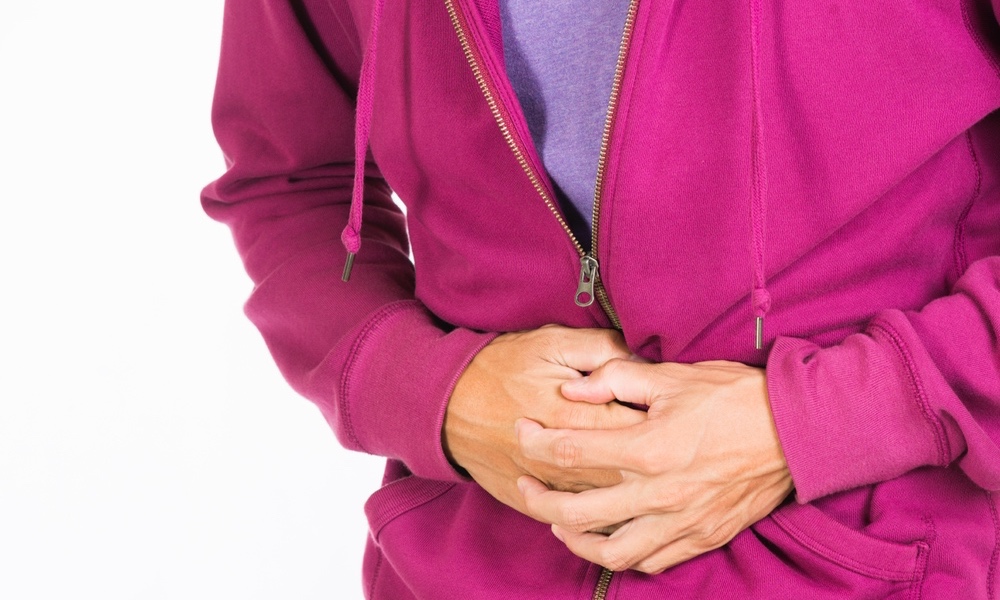Male fertility is declining and, for a closer look, researchers have gone to the dogs. Both dog and human fertility have been on the decline for decades. Pollutants have been suggested as a cause.
The suspected chemicals are fat soluble and can persist in the body for decades, but conclusive proof of their harm to fertility has been hard to come by. Many of these chemicals have been detected in food, both dog and human; so researchers decided to investigate their effects on dogs' sperm since it's a lot easier to control a dog's diet than a person's. And because dogs are smaller than people, the idea that they might serve as sentinels for the effect of pollutants on humans, much as canaries did for coal miners, also had appeal to researchers.
A team of researchers at Nottingham University in the United Kingdom tested the effects of two chemicals, the phthalate DEHP and PCB 153, on human sperm and on sperm from stud dogs used for breeding.Both DEHP and PCB 153 have been detected in human breast milk and in dog food.
DEHP is a plasticizer, a chemical added to materials to make them more flexible. It's found throughout the home in carpets, toys and many items made of PVC plastic. And while PCB 153 was banned many years ago, it still lingers in the environment and in people's bodies. The EPA classes PCBs as probable human carcinogens. Both DEHP and PCB 153 have been detected in human breast milk and in dog food.
The study looked at the effect of four different concentrations of DEHP and four of PCB 153, both alone and in combination, making sixteen different experimental conditions. The purpose wasn't to mathematically tie precise amounts of sperm damage to a particular concentration of chemical, but to see whether such damage did occur and to test the feasibility of using dog sperm as a surrogate for human sperm in such experiments. According to the researchers, the experiment succeeded on both counts.
And while the study wasn't designed to link specific amounts of chemical to the amount of damage that they do, the level of damage researchers found was at environmentally relevant concentrations. The concentrations actually used in the study ranged from 2 to 100 times those found in the dogs' testes.
Dog fertility is not likely to be an important issue to most dog owners, unless they intend to breed their dog. The ASPCA urges pet owners to spay or neuter their pets to reduce the number of strays in animal shelters and on the streets.





